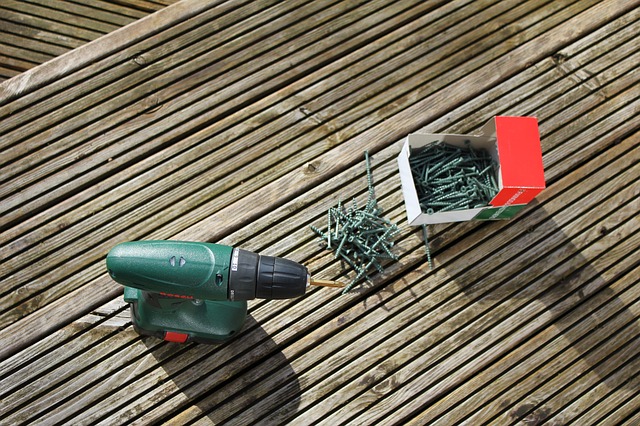Modern people cannot even live a day without charging multiple devices. They are entangled in the electrical grid and very keenly feel their need to have a socket. But thanks to the development of technology, today, you can find many wireless devices, especially when it comes to repairing, construction, or renovation. It often happens that at a new site, there are simply no outlets, but it is necessary to make manipulation with power tools. First and foremost, this applies to drills, screwdrivers, and a large variety of cordless power equipment. In the article, we will consider all the factors that speak for and against the use of cordless tools.

photo source
How Is a Cordless Tool Handy?
As you can understand from the name, the main advantage of cordless tools is their independence from the cable and mobility. Regardless of the availability of a power outlet, you can carry out the necessary manipulations with battery tools. In addition, knowing the duration of the battery charge of the device (this information can be read in the manual to the tool), you can objectively assess how long it will last. It often happens that at a new site, it is not possible to connect to electricity; so, wireless tools may come in handy.
The voltage in a cordless tool does not exceed 36V. The most common models are 12-18V. The higher the voltage, the more powerful the tool. It is safer, and expenditures on electricity are decreased. But we can assure you that performance power rotary tools are not inferior in power to their “colleagues” powered from 220V.
Any Disadvantages of Battery Power Tools?
However, despite the many advantages, there is a small disadvantage. The main weak point of a cordless tool is the need to recharge the battery after a certain amount of time and the need to give the battery a “discharge-charge” cycle every month.



